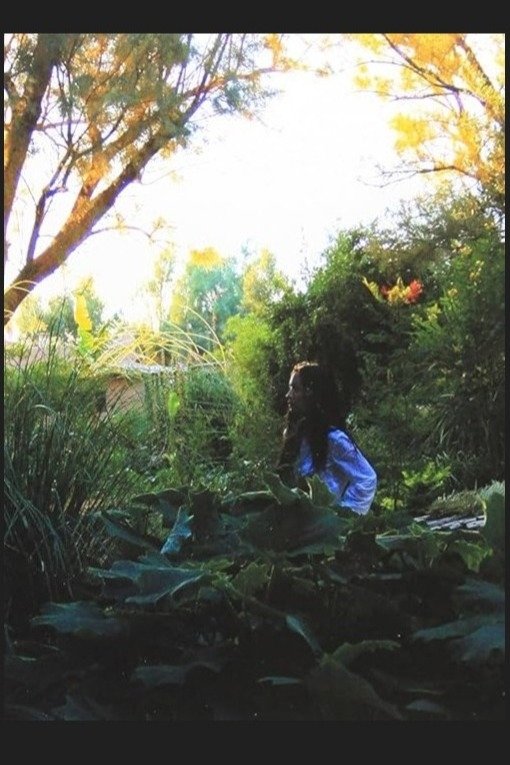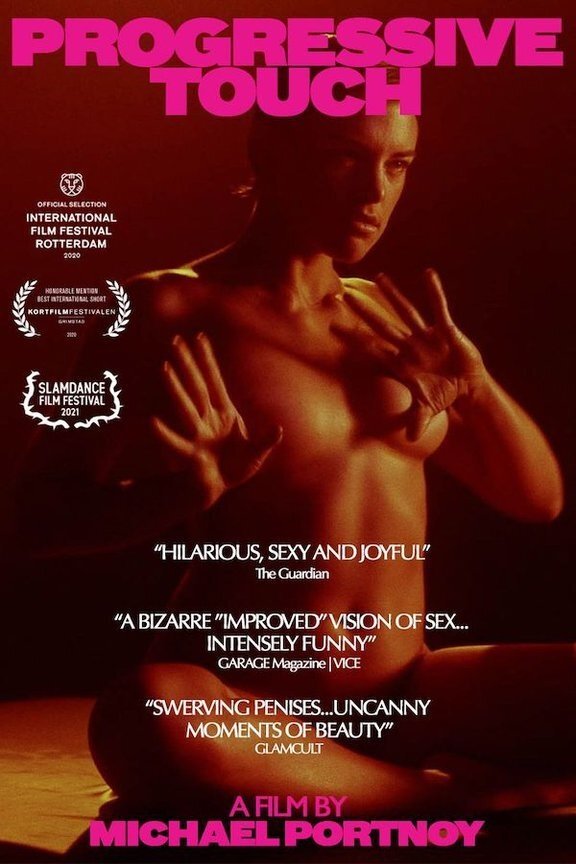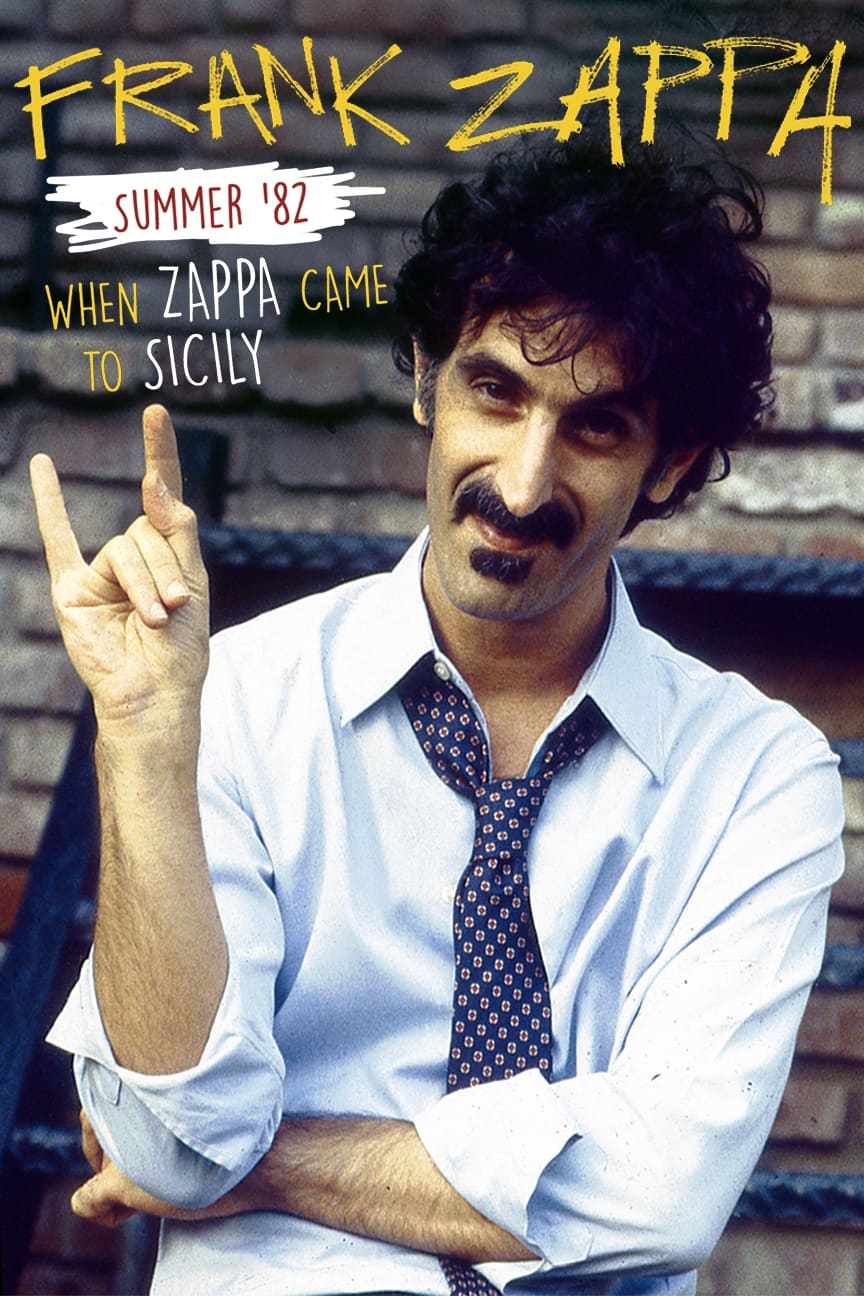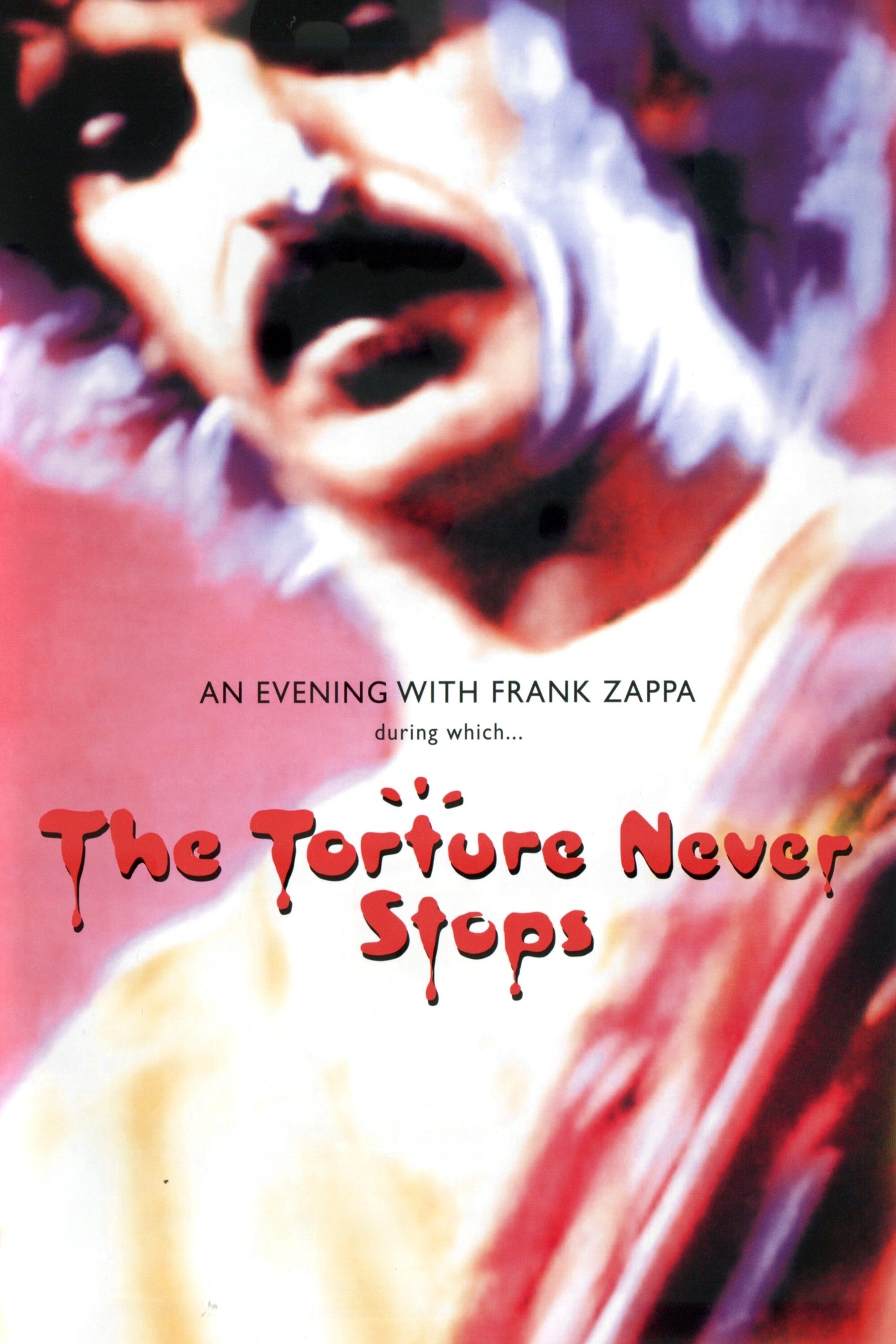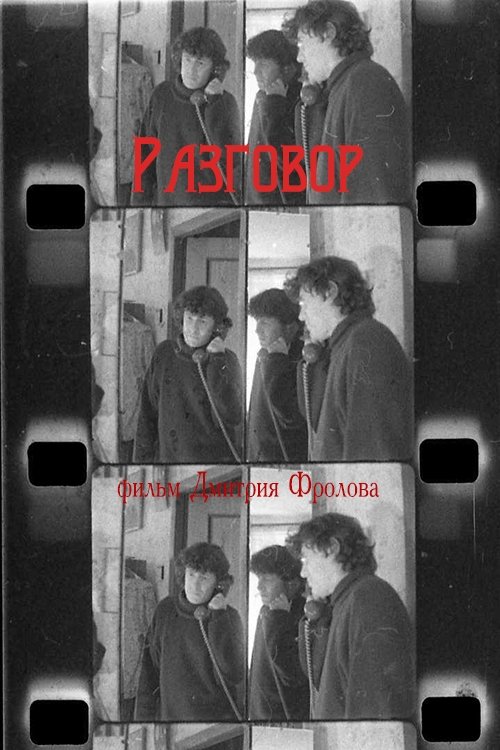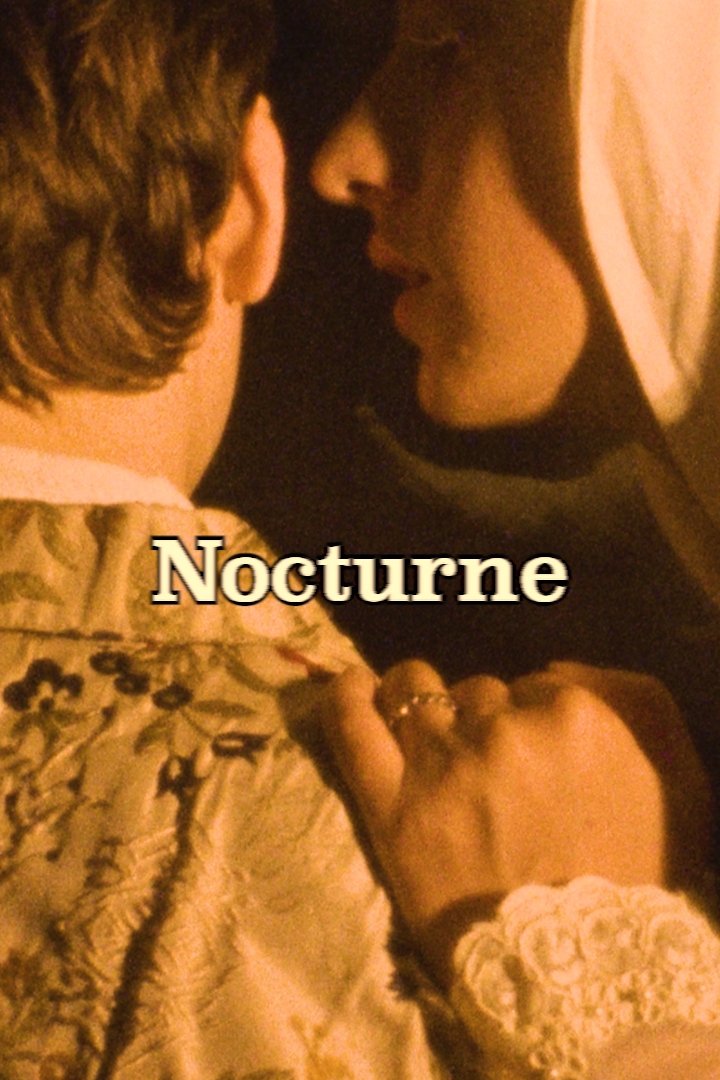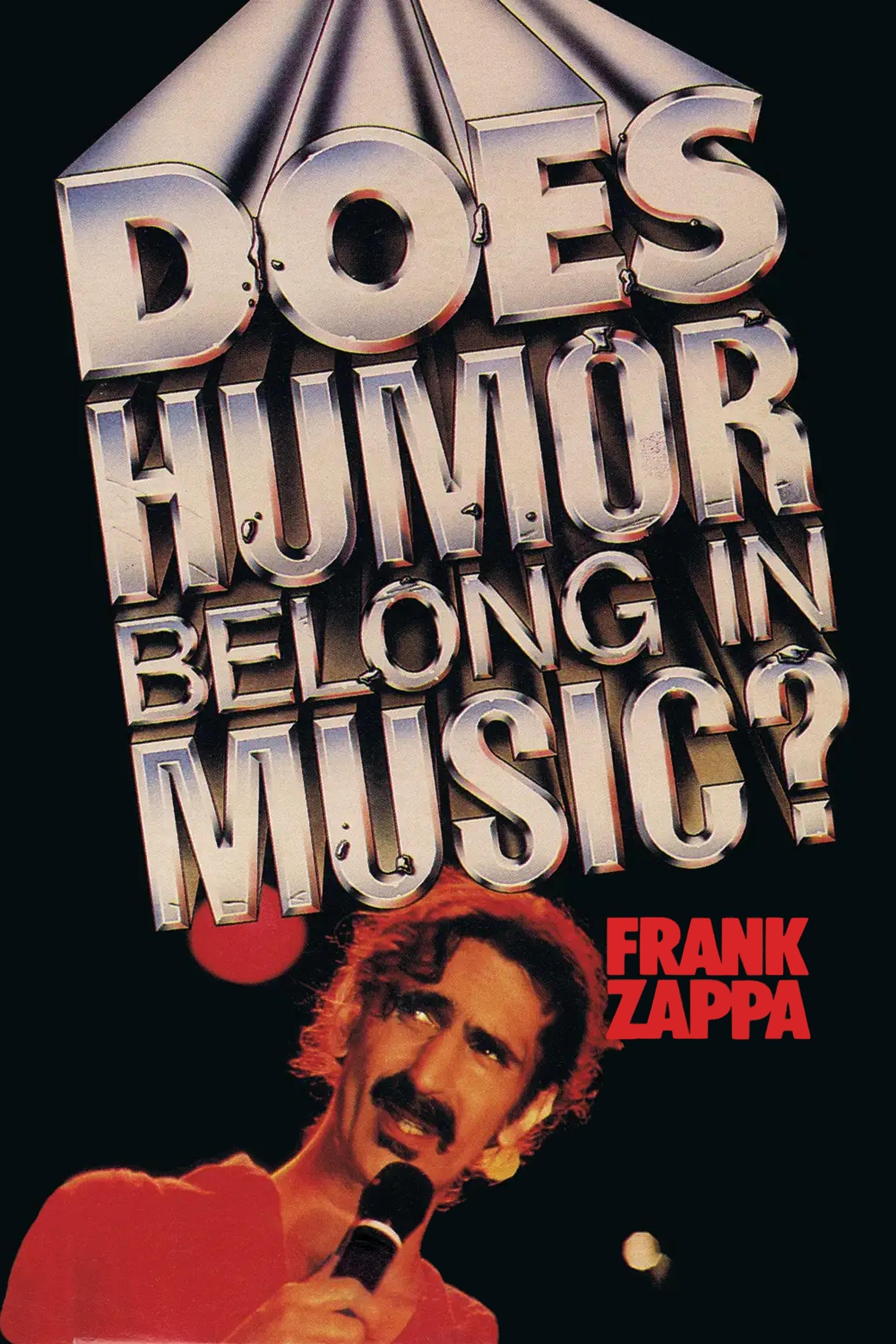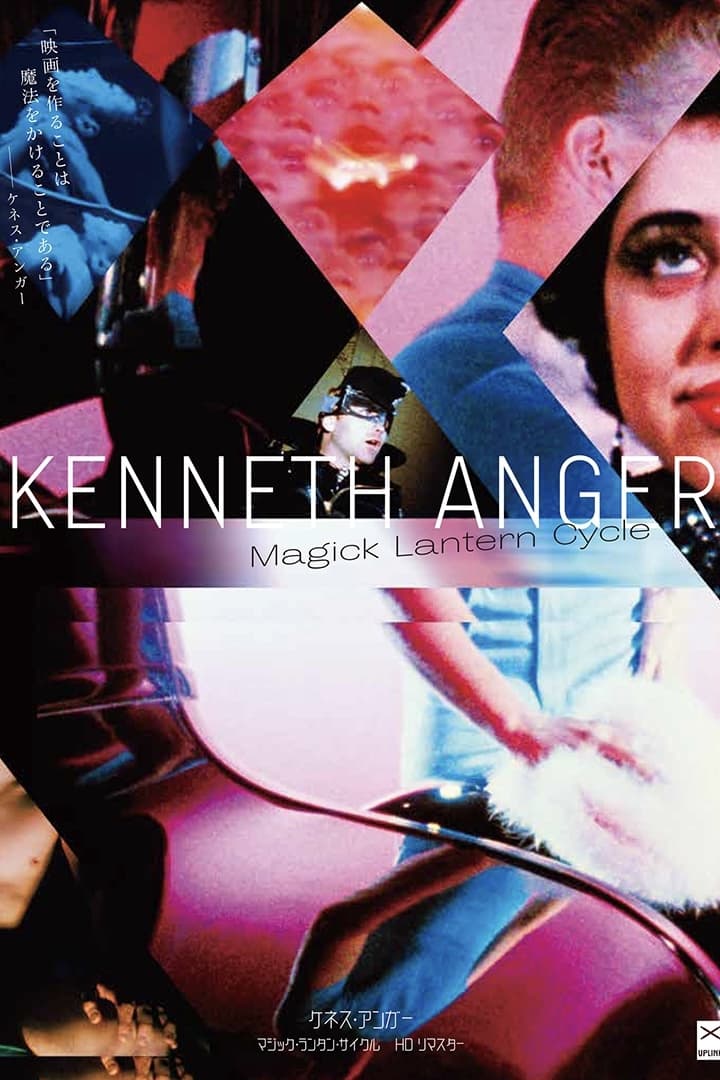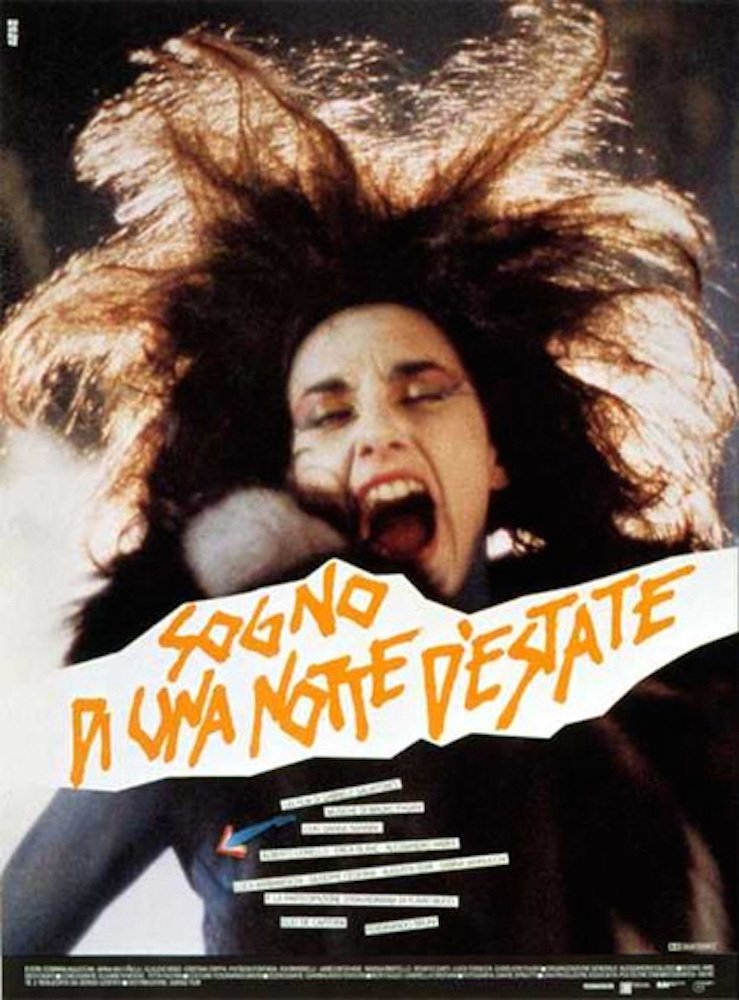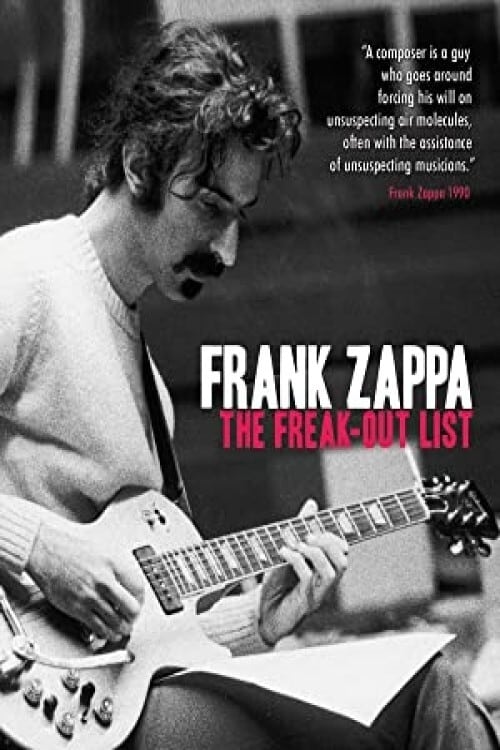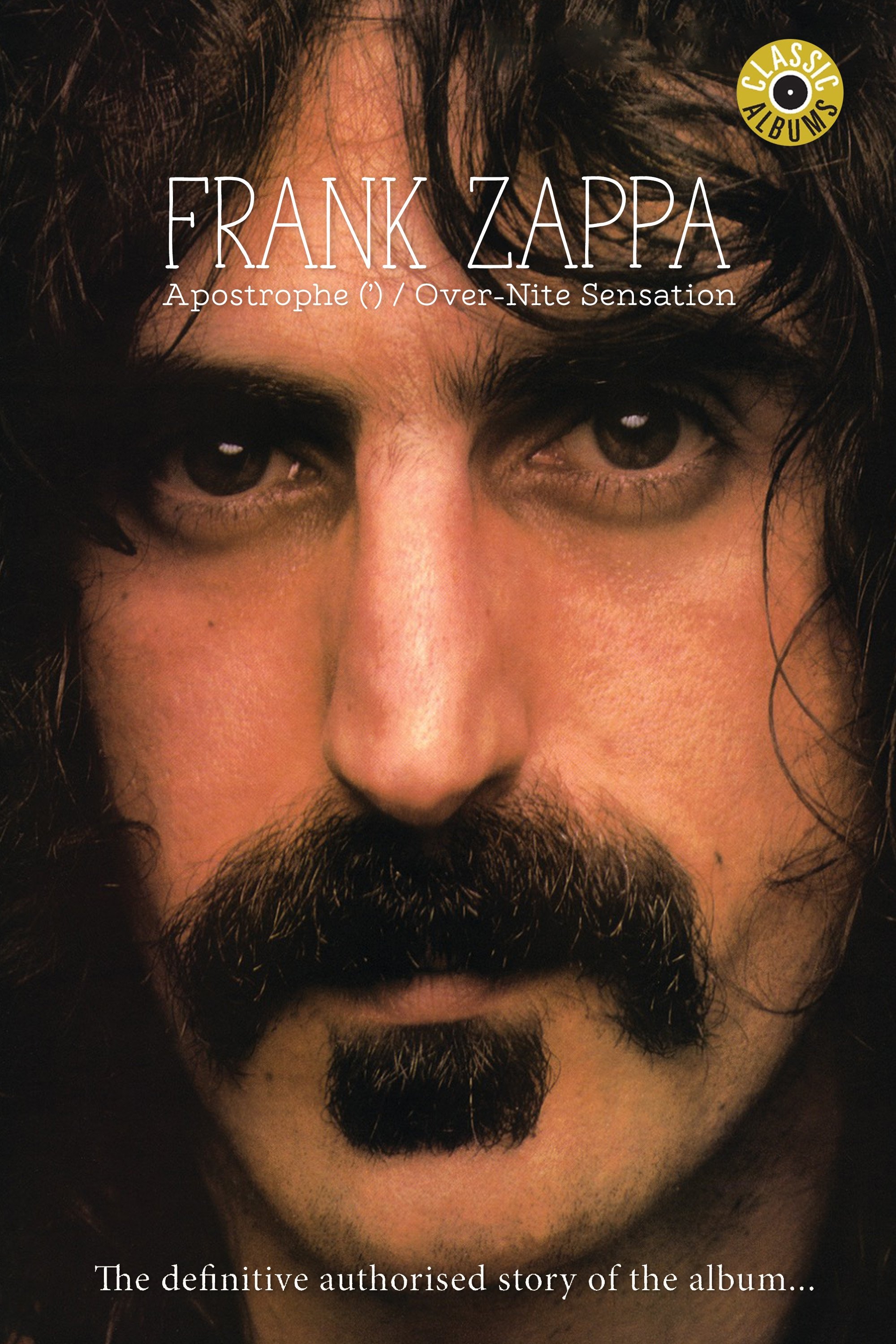KOCHAB
2006
0h 26m
0.0(0 votes)
Music
Overview
A road movie shot in Morocco, KOCHAB also serves as a long-form music video. It features five tracks from Kahimi's latest album, NUNKI.
Links & Resources
Social & External
Cast & Crew
1 member
Acting
Karie Kahimi
Herself

Similar Movies
Recommended Movies

No Recommendations Yet
We're working on finding the perfect movies for you. Check back soon!
More movies coming soon
